Are you wondering why your symptoms don’t get better even with treatment? For most people, depression is usually treated with antidepressants or therapy or a combination of both. But still, some people remain unresponsive to antidepressants and they are believed to be suffering from treatment resistant depression.
The two clients in my waiting room have something tough in common, though they don’t know it. They are both depressed. Their symptoms may look like depression, depression and anxiety combined, or sometimes even like the up-and-down mood swings associated with bipolar disorder.

Their symptoms have not yet been reduced by treatment with medications, although they’re both working with competent psychiatrists to make this happen.
Related: Anxiety In Children: 15 Calming Things You Can Say As A Parent
The Toughest Part Of The Equation For Both Is That They Have Treatment Resistant Depression (TRD)
This means that they’ve had an inadequate response to at least two antidepressants despite adequate dosing and duration. In other words, they feel still lousy after a long time, even though they’ve tried to get help and get better — and it sucks.
What Is Treatment Resistant Depression?
Treatment Resistant Depression (TRD) is a relatively common occurrence.
Here are some basic facts about TRD:
- 50% to 60% of patients with a history of bipolar, anxiety-based or major depression have not achieved an adequate response following antidepressant treatment.
- Approximately 50% of patients diagnosed with major depressive disorder will experience a recurrent or chronic course of illness for which long-term treatment is recommended.
- At least 20% of patients diagnosed with depression do not respond satisfactorily to several traditional antidepressant medication treatment trials.
Treatment Resistant Depression May Be The Result Of The Following Issues:
1. The patient resists taking medication as prescribed:
This represents 40% of patients and may be due to a lack of understanding or education about the process, low self-esteem, or other mental health issues.
2. The medication dosing has been too low:
Also known as sub-therapeutic depression, this is the cause for 20% of patients.
3. The patient experienced intolerable adverse effects:
This means the patient can not/will not tolerate negative side effects of antidepressant medications, and is the cause for 20-30% of patients.
4. The patient received the wrong diagnosis:
The symptoms may be arising for another reason entirely, such as thyroid disease, nutritional deficiencies, sleep apnea, latent bipolarity, co-occurring mental illnesses like ADHD or addiction. This is the case for 10-15% of patients.
Related: Psychologists Think That ADHD And ADD Sufferers Might Actually Be “Indigo Children”
This morning the foggy weather outside is emulating the mood of the two clients inside. Local meteorologists say the fog will lift by noon, but, when you have treatment resistant depression, the bleakness of your fog doesn’t break at noon with the hope of newly blue skies.
You get discouraged about that. These two are discouraged as well; yet, they’re encouraged to learn that there are holistic behavioral health and wellness treatments available for them to try.
Both have said that it’s hard to avoid the negative belief cycle causing them to fear this may not work because, as bioscience shows us, negative thoughts have a tendency to perpetuate themselves.
The longer you’re in the negative, the harder it is to bring in the positive. With all this biochemical instability, it’s hard to add the next essential pieces to ensure a positive impact on quality of life.
That’s the holistic therapeutic journey we go on together.
Clients come in for this proactive, psycho-educational, expressive, strategy-building part of a successful wellness plan. They’ve already learned that, with or without treatment resistant depression, medication isn’t their sole assurance for long-term relief. Their plans must expand to include a whole system of change in how they think, emote, and act.
We’ll add some additional types of therapies, such as problem-solving, solution-focused therapy, cognitive-behavioral therapy (CBT), dialectical behavioral therapy (DBT), EFT, and more.
Related: How I Used CBT to Mend a Broken Heart
As we progress, we’ll see first-hand how their daily life patterns and lifestyle changes impact their mood regulation, helping or hurting in their wellness equations.
Those two clients in my waiting room are ready for change. Their struggles with their mood issues are working overtime. You or someone you know may be in a similar situation.
Here’s more to know about each of these two particular individuals:
Client A is a long-term client who decided to work with a holistic therapist because his husband was threatening to leave him if he didn’t.
For six years, he’d met with his primary care physician for the first course of anti-depressants, which didn’t work. He then went on to other psychiatrists — four, in fact — hoping to find just the right pharmaceutical cocktail with which to toast a new happy chapter.
Deep in his gut, he told me he’d wondered if he had a real chance of whipping his depression, as his parents and grandparents had suffered from the same throughout their adult lives.
Client B arrived in my waiting room a day early.
Embarrassed, she apologizes, saying, “I just feel so down and anxious and overwhelmed that I don’t even know what day it is.”
She’s a relatively new mom, 14 months into it, whose history of anxiety-based depression is pretty minimal. She was what she describes as “blue” and anxious as a teen, but played competitive tennis to handle it, so she felt no need to see a psychiatrist for her condition back then.
When her first child was born after twenty-two hours of labor managed by an angelic and skilled midwife, she felt increasingly moody. The psychiatrist she began seeing is known for successfully matching meds with patients, but it’s been a year now, and after four tweaks trying to find her the right medication, she’s found no full relief yet.
What’s the next step for managing treatment resistant depression in such cases?
One of the first questions I ask clients with TRD is whether their psychiatrist has mentioned repetitive transcranial magnetic stimulation — also known as rTMS or simply TMS — and if so, if they’ve determined whether they are good candidates. Usually, their psychiatrist and I will also touch base on this, as only a physician is able to prescribe this form of treatment (which may be covered by health insurance).
I raise this because, while some people with treatment resistant depression will want to start by making holistic changes, they can’t because their brain chemistry won’t cooperate.
Repetitive transcranial magnetic stimulation is an evidence-based neuromodulation technique that gets added to a patient’s current medication regimen, and which modifies neurotransmitters in the limbic region of the brain. It is noninvasive, meaning it does not involve any type of surgery or surgical process, and therefore also does not involve either sedation or hospitalization.
The technique works by generating magnetic pulses that penetrate brain tissue and induce electrical currents that can correct imbalances in neuron activity, often leading to improvements in symptoms that have otherwise been hanging on.
TMS therapy has been proven to be safe and effective in many worldwide clinical studies and is currently being tested for treating several other mental health and medical conditions. It’s exciting science for sure!
After a period of 4-10 weeks of receiving treatments, many people’s brain chemistry will reach some range of normalization. This means they can now proceed with other types of therapy mentioned above, as well as with other strategies and holistic life changes.
Here Are Seven Holistic Strategies That Help Sustain Wellness And Brain Chemical Balance If You Suffer From Treatment Resistant Depression.
1. Exercise on a regular basis
Regular exercise increases the production of endorphins. It’s the feel-good brain chemical that can lift mood, plus improve sleep quality, energy level, and concentration.
Related: 15 Art Therapy Exercises to Control Your Mind and Channel Your Emotions
2. Practice yoga
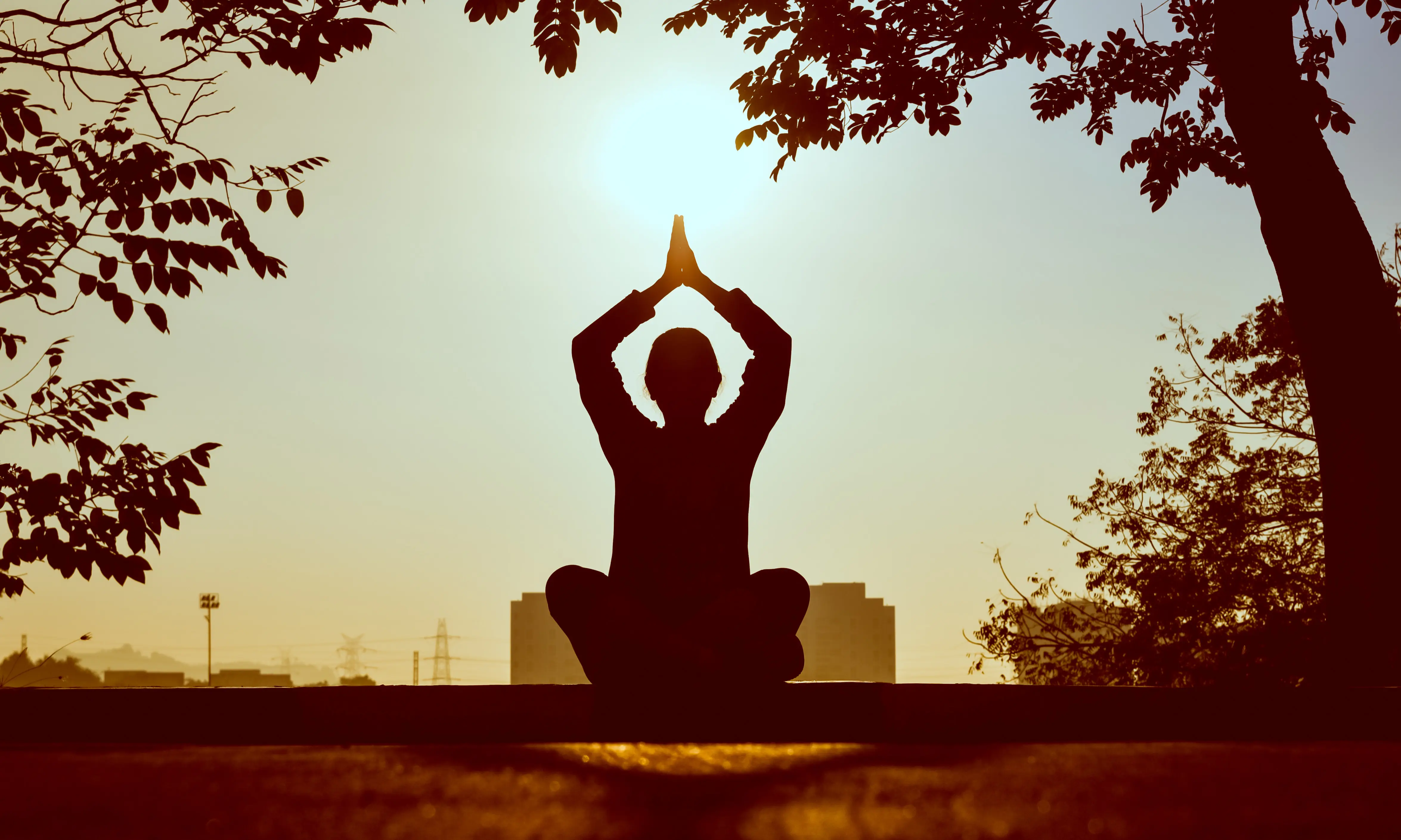
Yoga is an Eastern-influenced practice that’s thousands of years old. It involves the mind, body, and spirit, using slow, purposeful positions and movements while also focusing attention on the rhythm of your breathing.
Related: Meditation and Yoga Can Reverse DNA Reactions Which Cause Stress
3. Make good food choices
Nutrition has a direct biochemical reaction to our system. Harvard Health confirms that a rich, plant-based diet influences mood stability; and decreases the risk of depression happening or worsening. Ever had a blood sugar drop because you waited too long for lunch? Drowned your date disappointment in too many bobas with cookies? Notice your mood then.
4. Try mindfulness exercises and techniques
Mindfulness is an ancient tradition like yoga. It trains you to remain focused on the present moment; instead of ruminating about the past, anticipating future events, and, thereby keeping emotional angst enlivened.
Related: How Mindfulness Can Help You Let Go Of Past Hurts and Heal Yourself
5. Get regular massages
Massage therapy helps to release serotonin and dopamine while reducing cortisol levels. This improves mood and reduces depression and anxiety symptoms.
6. Participate in your favorite hobbies
Participating in hobbies or interests that inspire you or excite your passions raises your mood, while also boosting self-confidence and self-esteem.
Related: Brain Power: 5 Good Hobbies That Nourish the Mind
7. Listen to — and make — music

Music is an imperative tool to use. It feeds the right side of the brain, which is where our emotions live. It can also offset the negative impact of too much screen time on this part of the brain.
Using music regularly activates your brain in positive ways, both when you listen, and even more so, when you make it. You don’t need to riff like Brittany Howard or sing with perfect pitch. Pick pieces that you happily, passionately enjoy.
Related: 8 Surprising Ways Music Benefits Your Brain
Ready to do some work and take the next step in relieving the symptoms of treatment resistant depression?
Hopefully, you’ve just reviewed your checklist here and have an idea of where to start. Reach out for help. Remember, depression and anxiety has no familial or geographical boundaries. Wherever you are, we can talk.
What’s your view on depression? Share with us by commenting below!
Written By Christy Whitman
Originally Appeared On Your Tango
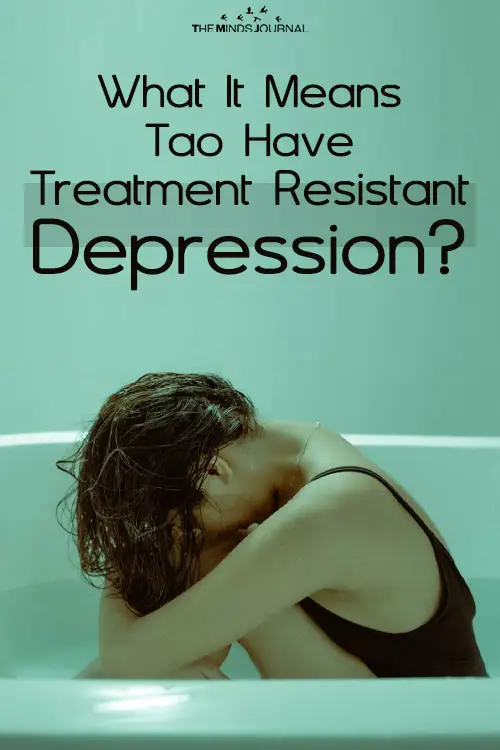
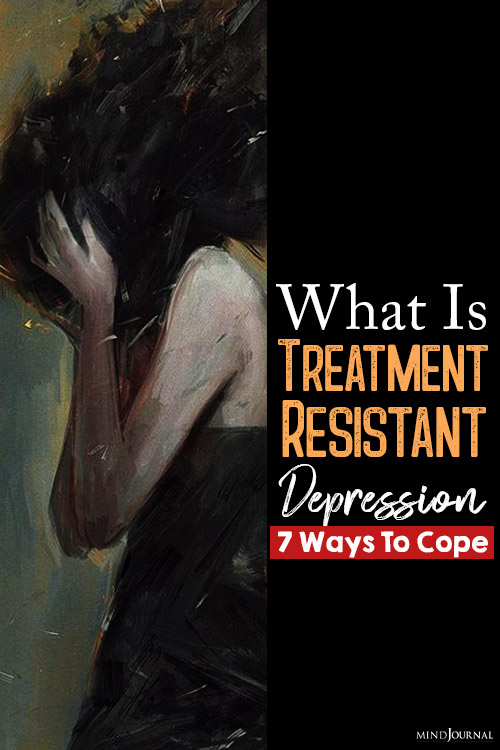
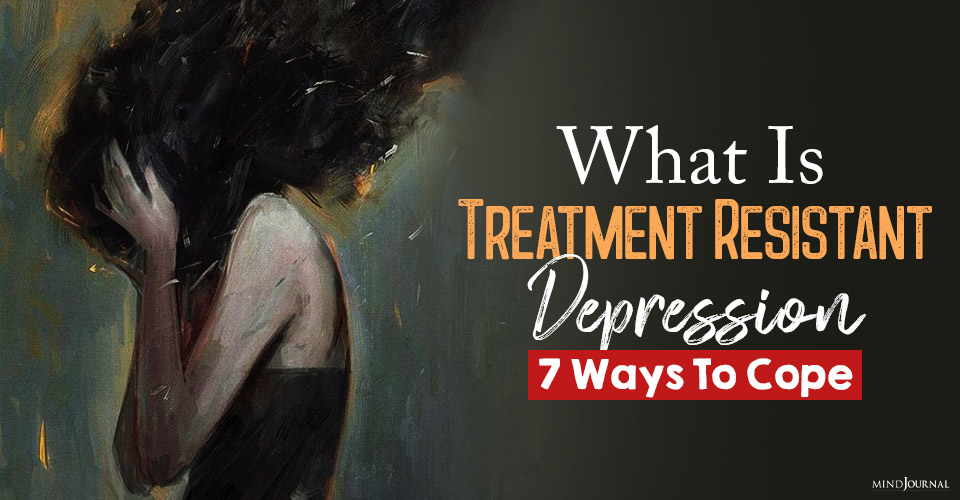
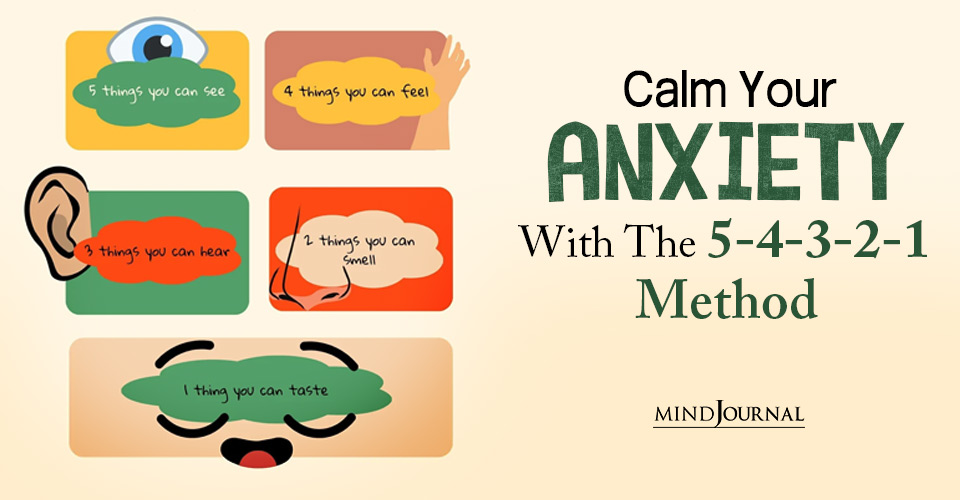
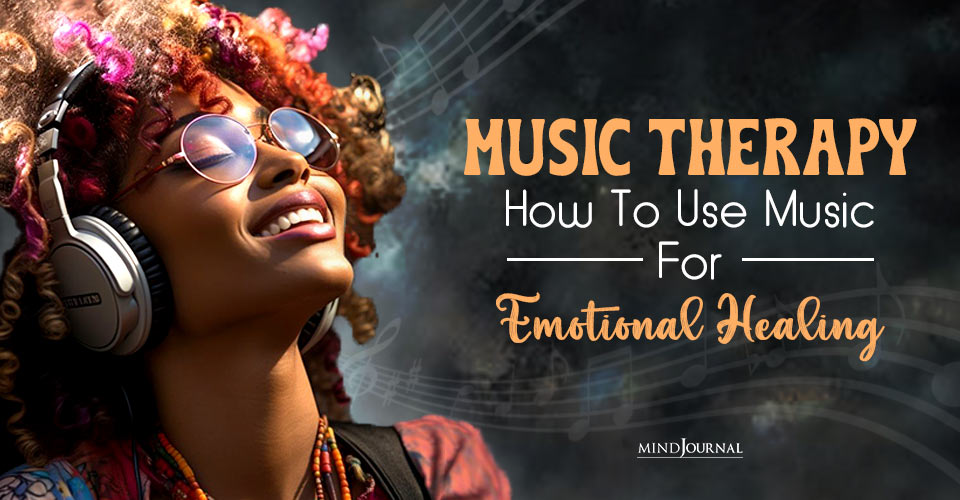
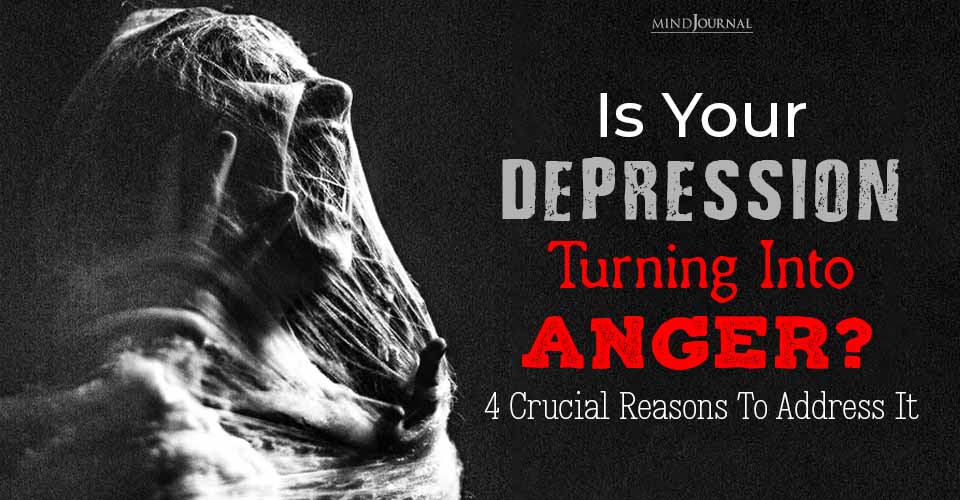
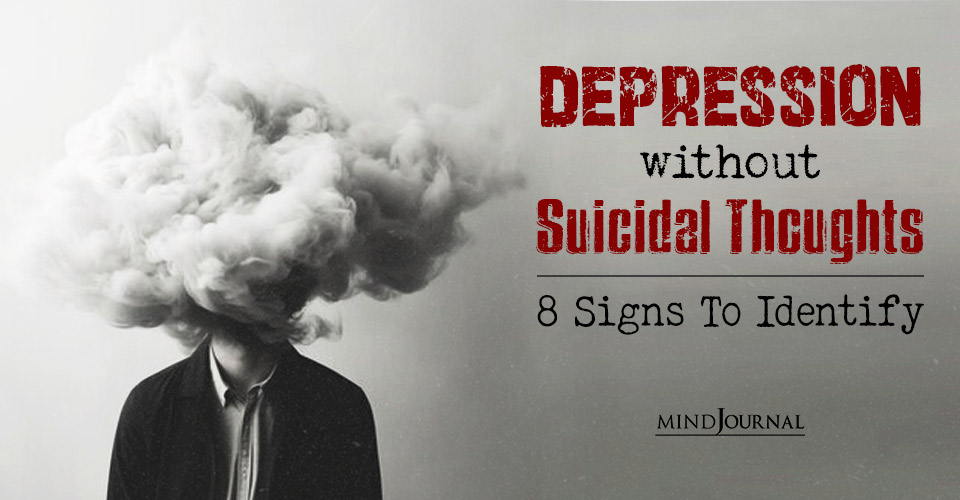

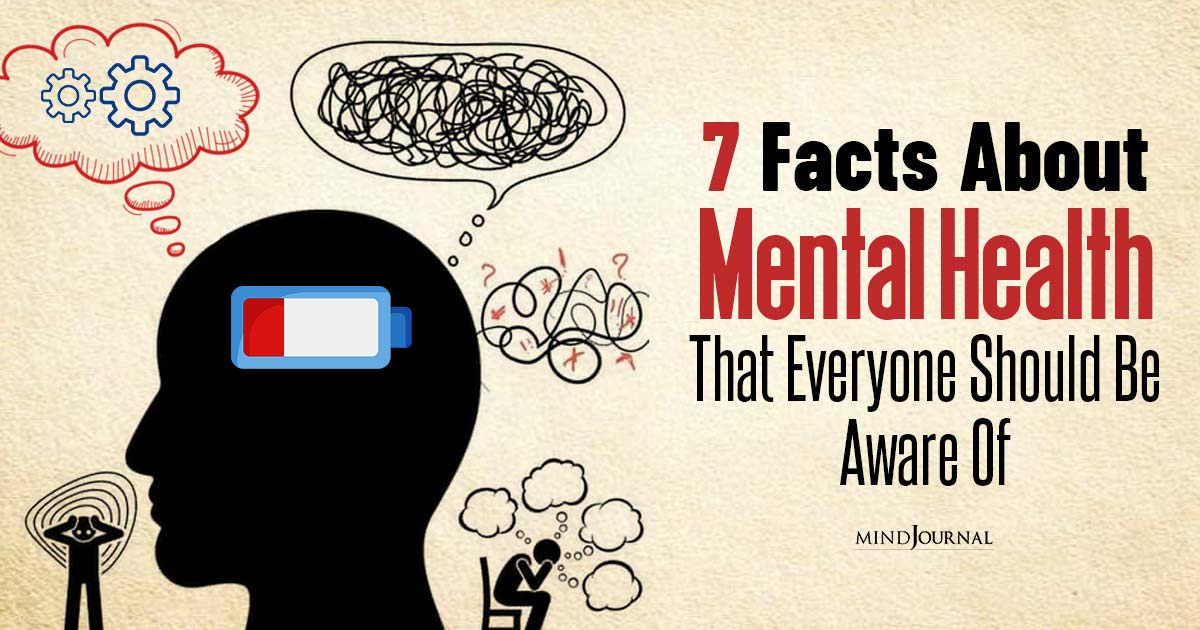
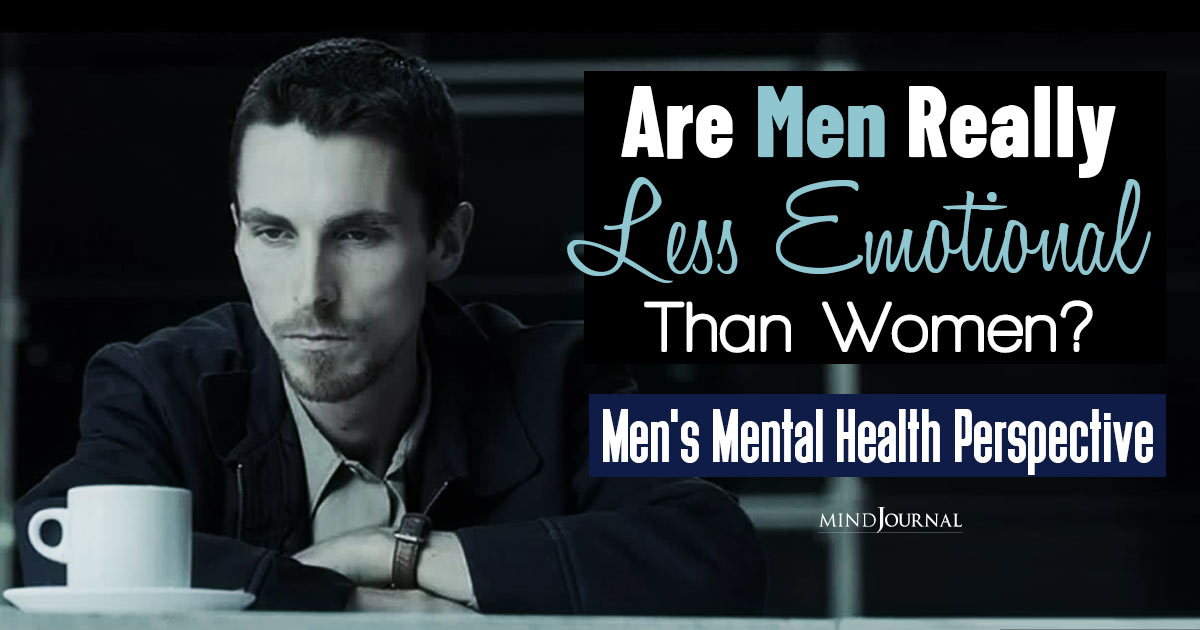
Leave a Reply
You must be logged in to post a comment.